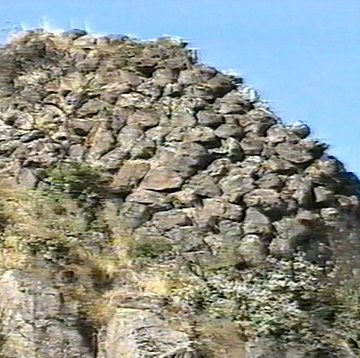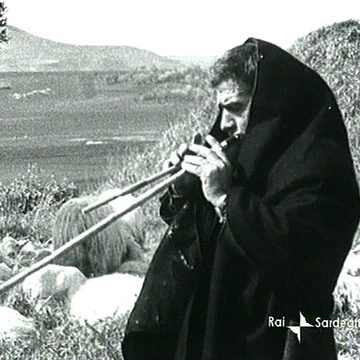For most of the chronological parable described by the Nuragic civilization, the only burial places were the “tombs of giants”, a name given by popular tradition to Nuragic funerary monuments.
The tombs of giants are long buildings (they can reach up to 30 m), made entirely of stone. They are characterized by the planimetric shape that recalls the schematic image of a bullfighting protome, the result of the presence on the façade of the monument of two arched side arms, which form the so-called exedra.
The exedra could be made with the orthostat system, that is, with a series of stones arranged in a knife, or with the masonry system, always lithic. The orthostatic type was characterized by the presence in the center of a curved stele, higher than the other orthostats. The inner chamber was covered with a flat band system.
Inside the tombs of giants, the funerary ritual of collective burial was practiced, and this is partly surprising compared to a society like the Nuragic one that appears to us, based on the complex of material data, characterized by a strong hierarchy.
In later chronological phases, a new funerary practice emerges: that of single burials inside small wells, as in the necropolis of Monti Prama (Cabras), where the famous nuragic statues representing life-size human characters were found.
Update
Images
Texts
Author : Lilliu, Giovanni
Author : Lilliu, Giovanni
Results 2 of 908150
View AllVideo


Author : Serra Marcello
Results 2 of 35086
View All
Comments